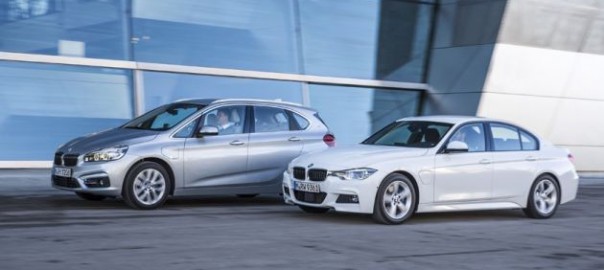BMW’s current fleet of vehicles has a number of green models available – but the company wants to push efficient cars further to the forefront of its model line-up and has developed a range of systems to help support it.

With the recent launches of the BMW 330e and 225xe plug-in hybrid (PHEV) models, the German giant now has a number of plug-in options spread across a variety of different market sectors. The X5 40e SUV has already been launched this year and the 740e PHEV is due too, giving BMW four PHEV models in its line-up in 2016 alone.
Add to that the i3 EV, i3 REX and i8 PHEV and BMW has a number of options available for those looking at plug-in models – compact citycars, a family MPV, a compact executive saloon, large SUV, luxury saloon and supercar.
BMW has also confirmed that it is continuing to work on hydrogen fuel cell (HFV) technology, to create a combination of set-ups – pure electric for short, regular journeys, and HFV for longer runs.
The new BMWs X5 xDrive 40e, 330e, 225xe, and 740e models are the first products to benefit from the research and development carried out by BMW’s iCars division. The i3 and i8 remain at the cutting edge of BMW’s efficiency programmes, but the lessons learnt from those models is already being filtered down to the next generation of ‘standard’ models.
BMW has announced that these PHEV variants will be grouped together under the banner of iPerformance – set to be launched at the Geneva Motor Show alongside the plug-in 7-Series. This brand is intended to indicate to customers the plug-in electric systems under the skin, and increased use of carbon fibre in some cases, despite the cars looking relatively normal, and not as futuristic as the i3 and i8.
Read more: Next Green Car
